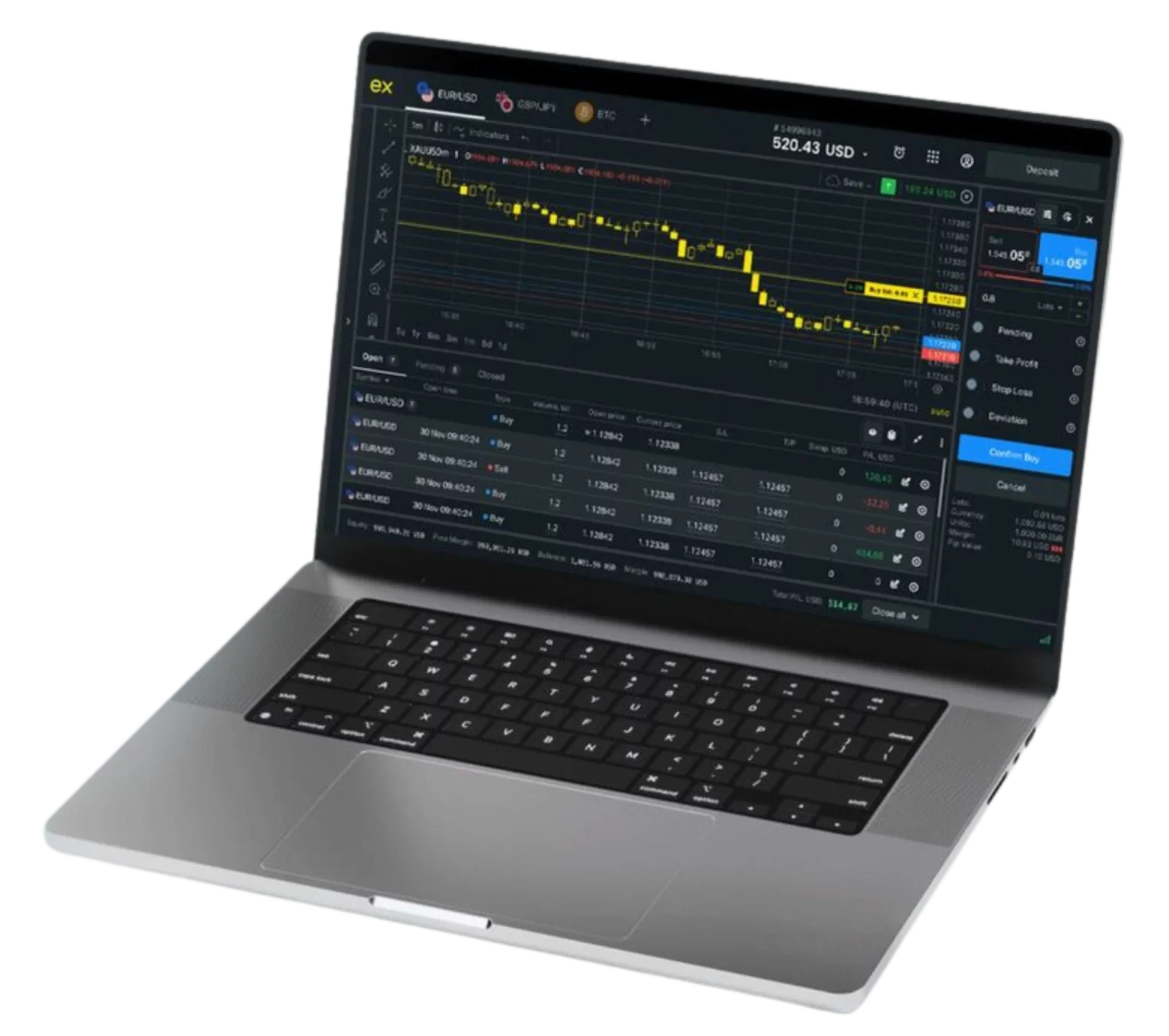Understanding the Risks
CFD trading involves exposure to various risks, some of which are specific to this type of leveraged instrument. It is vital to grasp these risks and their potential impact on your trading activities and financial well-being.
Leverage Risks
Leverage is a hallmark of CFD trading, allowing traders to control large positions with a relatively small initial investment. However, leverage also magnifies losses. Even minor market movements can lead to significant gains or losses, potentially exceeding your initial investment. Effective risk management strategies are essential when trading with leverage, as the risks are substantial.
Counterparty Risks
When trading CFDs, you engage in an over-the-counter (OTC) transaction with your broker as the counterparty. This means your positions are not transferable to another entity, exposing you to counterparty credit risk. Should your broker become insolvent or default on obligations, your open positions may be liquidated without your consent, leading to potential losses.
Market Risks
CFD trading is closely tied to the underlying assets, which can be influenced by various market forces and events, significantly affecting their prices and availability.
- Volatility: High market volatility can lead to rapid and unpredictable price swings, increasing the potential for both profits and losses. Managing the risks associated with volatile conditions is crucial, as they can result in significant financial impacts in a short time.
- Currency Fluctuations: If you trade CFDs in a currency different from your account’s base currency, you face foreign exchange risk. Currency rate fluctuations can affect your realized profits or losses, even if the underlying asset’s price remains stable. Managing this risk is especially important when trading across multiple currency pairs.
- Liquidity: Liquidity risk arises when certain underlying assets are not readily tradable or lack sufficient market depth. This can result in wider bid-ask spreads, making transactions more costly and potentially leading to losses that are challenging to mitigate.
Technical and Operational Risks
Trading CFDs online introduces various technical and operational risks that must be managed effectively.
- Trading Platforms: Your trading activities depend heavily on the stability and functionality of the trading platforms provided by your broker. Technical issues, such as software failures, connectivity problems, or cyber-attacks, can disrupt order execution and overall trading performance. Using reliable technology and maintaining a stable internet connection is critical to minimize the impact of such issues.
- Communication Risks: Effective communication with your broker is vital. If your contact information is outdated or communication channels fail, you may miss important updates. Ensuring reliable and current communication channels is essential to avoid gaps and their potential consequences.
- Force Majeure: Extreme events beyond control, such as natural disasters, wars, or regulatory actions, can disrupt trading activities and lead to financial losses. It’s important to understand that your broker may not be responsible for losses resulting from such force majeure events.
Pricing and Execution Risks
CFD trading involves risks related to the pricing and execution of orders, which can significantly impact your trading outcomes.
- Slippage: Slippage occurs when there’s a difference between the expected price of a trade and the actual execution price, often during periods of high volatility or low liquidity. This can lead to unexpected losses or reduced profits. Being aware of this risk and employing appropriate risk management strategies is essential.
- Abnormal Market Conditions: During abnormal market conditions, executing or liquidating positions may become difficult or impossible. In such situations, stop-loss orders may not execute at the desired price, leading to greater losses than anticipated. Additionally, order execution may be delayed, further increasing risk.
Legal and Regulatory Risks
CFD trading also involves legal and regulatory risks that traders should be aware of and comply with.
Additional Considerations
Beyond the core risks, there are additional factors to consider for responsible and informed trading.
- Margin Requirements: CFD trading relies on margin, the initial deposit needed to open and maintain a leveraged position. It’s crucial to monitor your account balance and ensure sufficient funds to cover your strategies and meet margin requirements. Failure to maintain adequate margin levels can result in the liquidation of positions, leading to substantial losses.
- Ownership Rights: Trading CFDs does not confer ownership of the underlying assets. CFDs are derivatives that derive value from the price movements of the underlying assets, but traders have no legal claim to those assets.
- Tax Implications: CFD trading may have tax implications, depending on your jurisdiction. Understanding and complying with relevant tax laws is your responsibility. Seeking independent tax advice is recommended to ensure compliance and proper tax planning.
- Security Risks: Online CFD trading exposes traders to potential security risks, such as fraud or cyber threats. It’s crucial to exercise caution when sharing personal information or trading account details. Implementing strong cybersecurity practices can help mitigate these risks.
Conclusion
CFD trading offers the potential for significant gains but also carries substantial risks. This risk disclosure has covered the main risks associated with CFD trading, including leverage risks, counterparty risks, market risks, technical and operational risks, pricing and execution risks, and legal and regulatory risks.
It is essential to evaluate your financial situation, investment goals, experience level, and risk tolerance before engaging in CFD trading. Seeking independent financial, legal, and tax advice from qualified professionals is highly recommended to ensure a comprehensive understanding of the associated risks.
Responsible trading practices, coupled with effective risk management and a thorough understanding of the risks involved, are critical to navigating the complexities of CFD trading successfully. Traders should never invest more than they can afford to lose and should continuously educate themselves on market dynamics, regulatory changes, and best practices in the industry.

